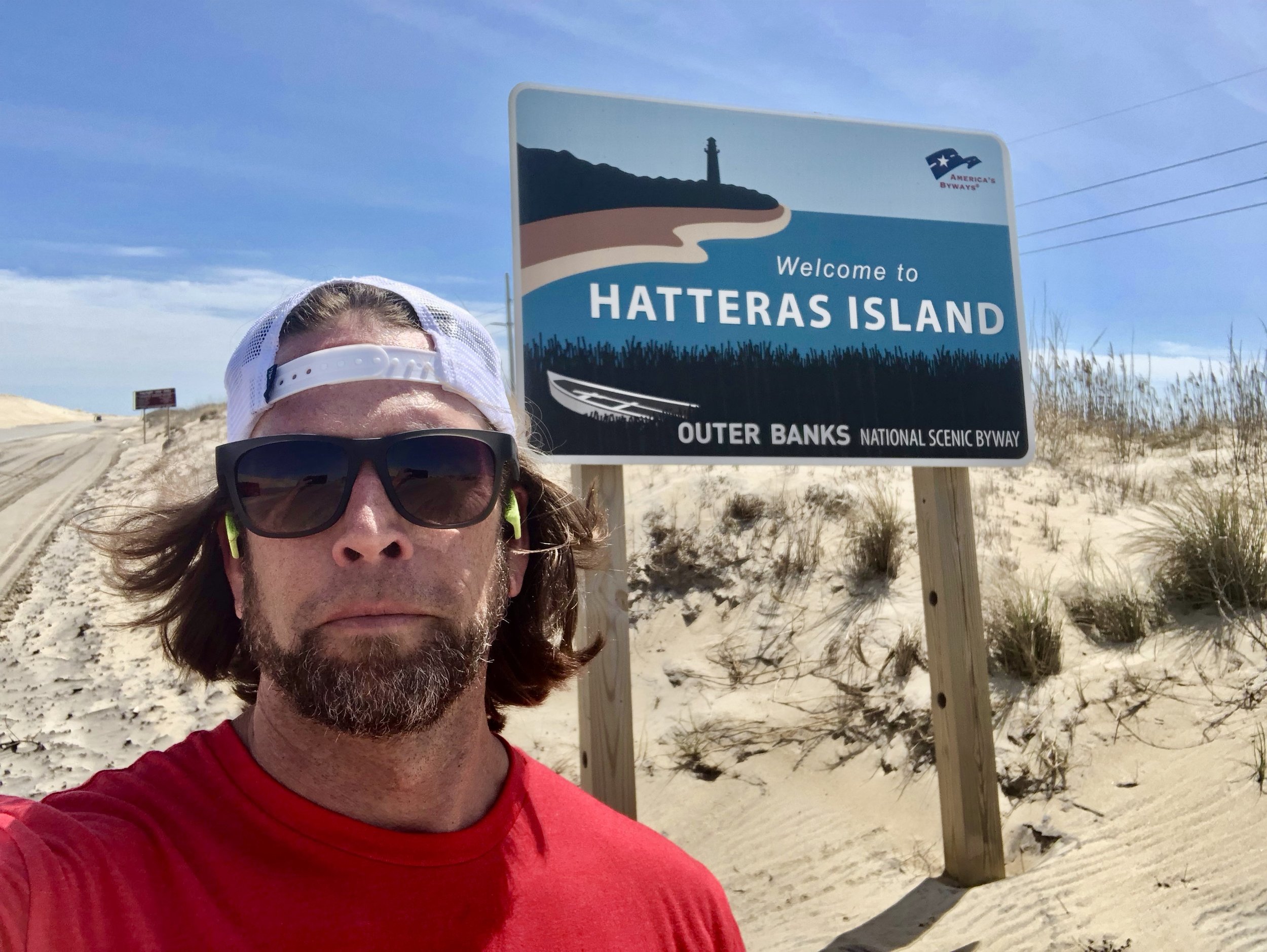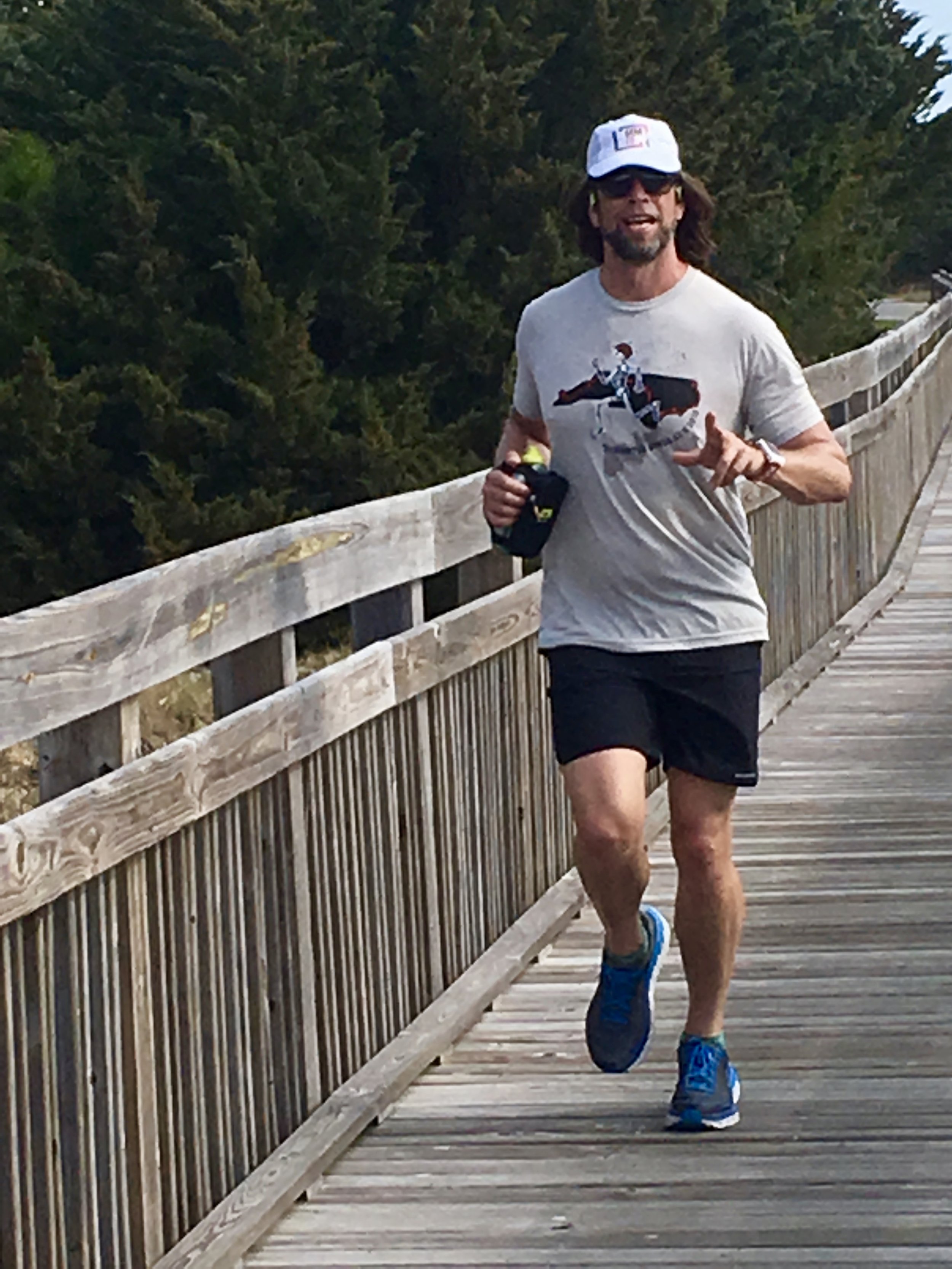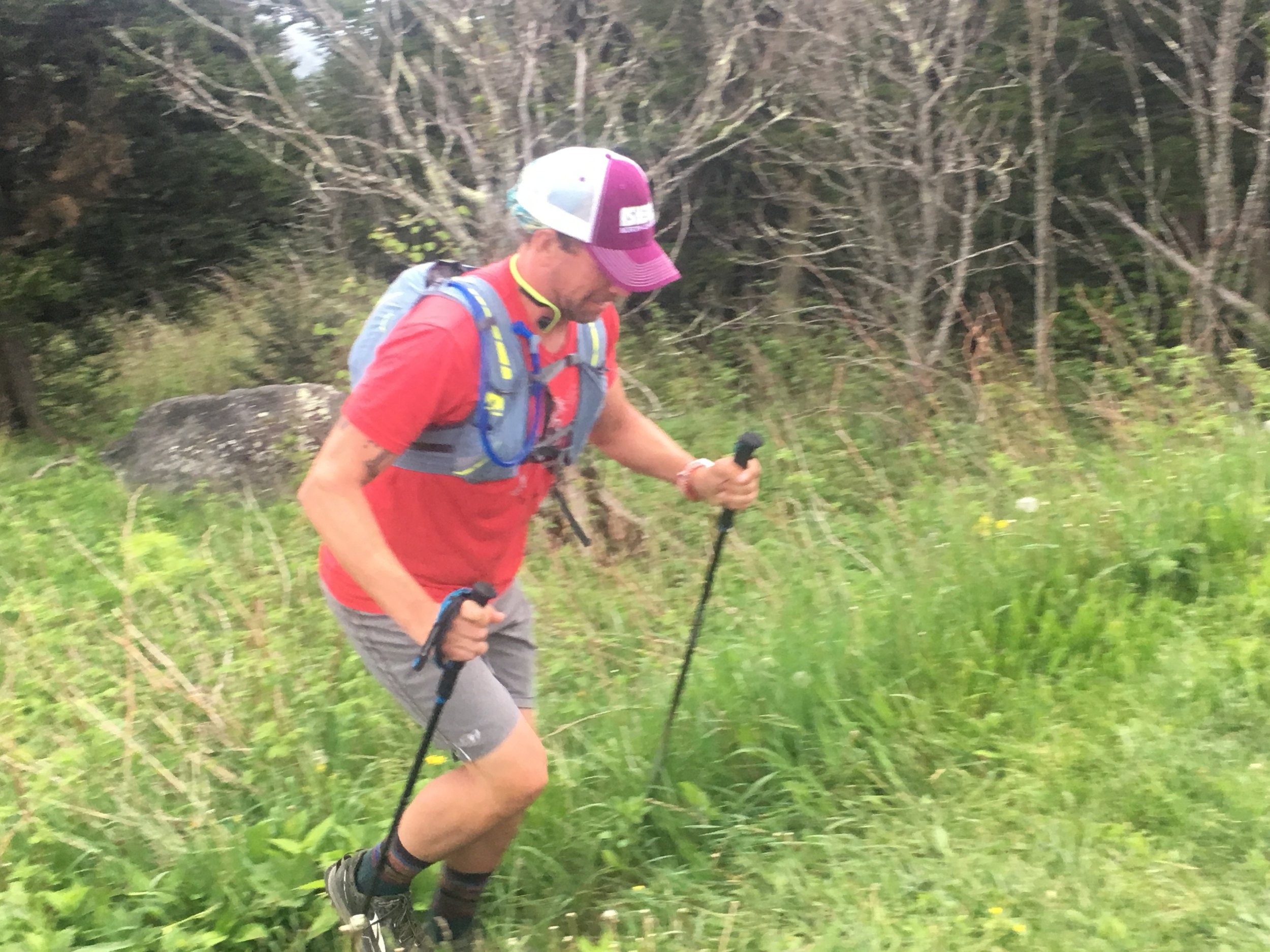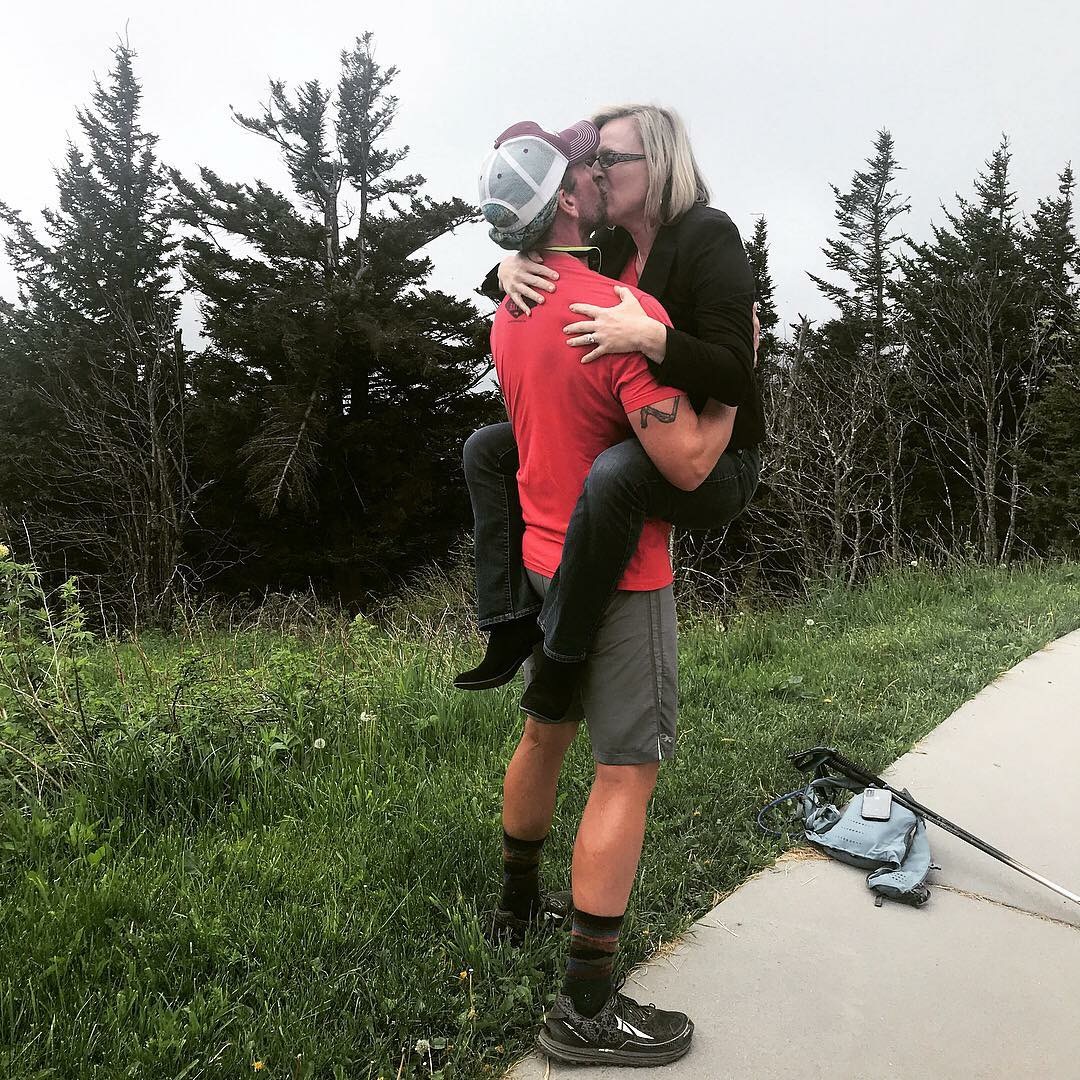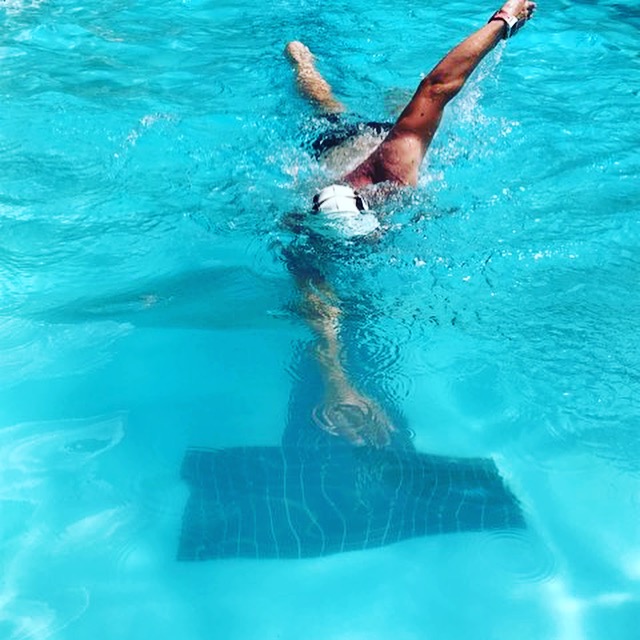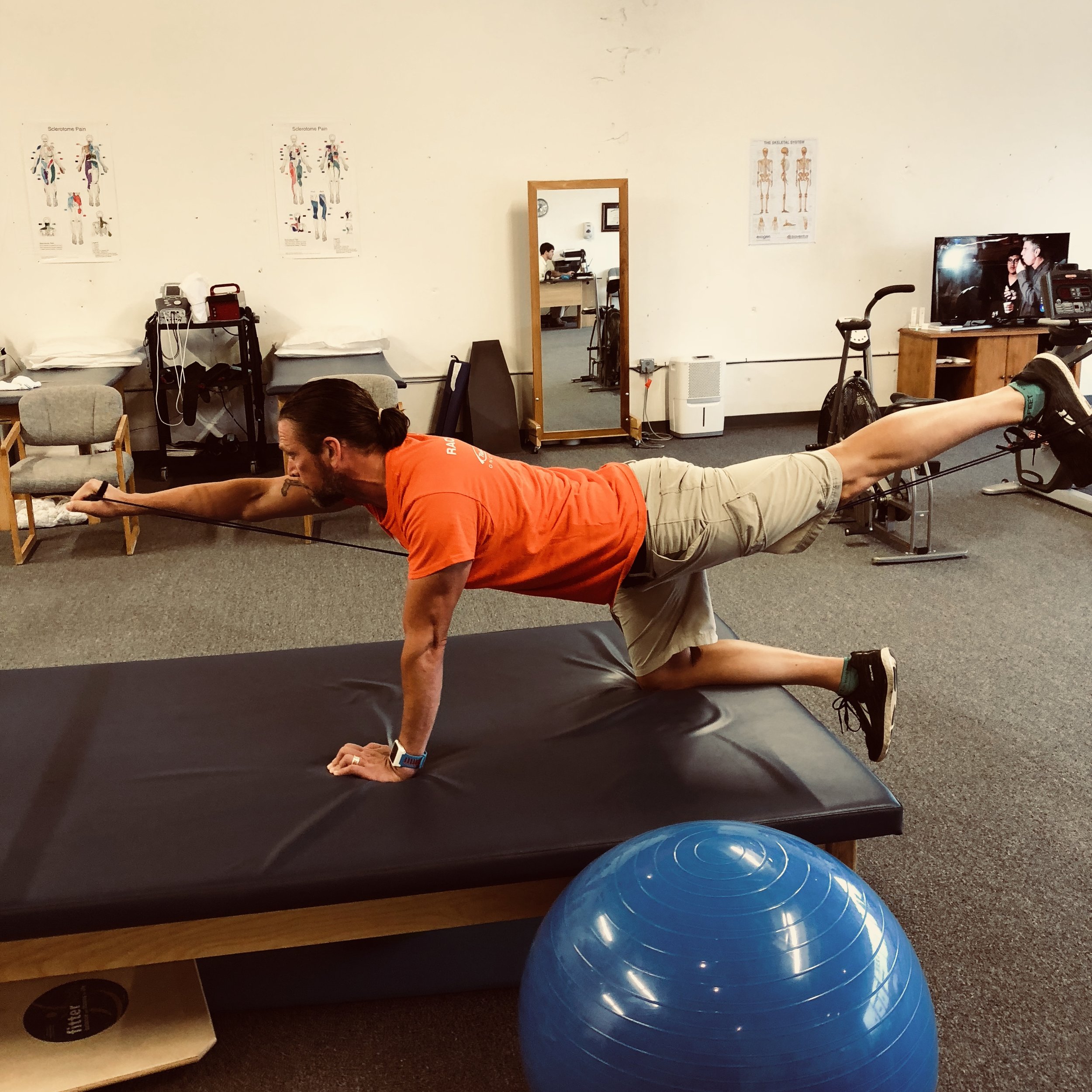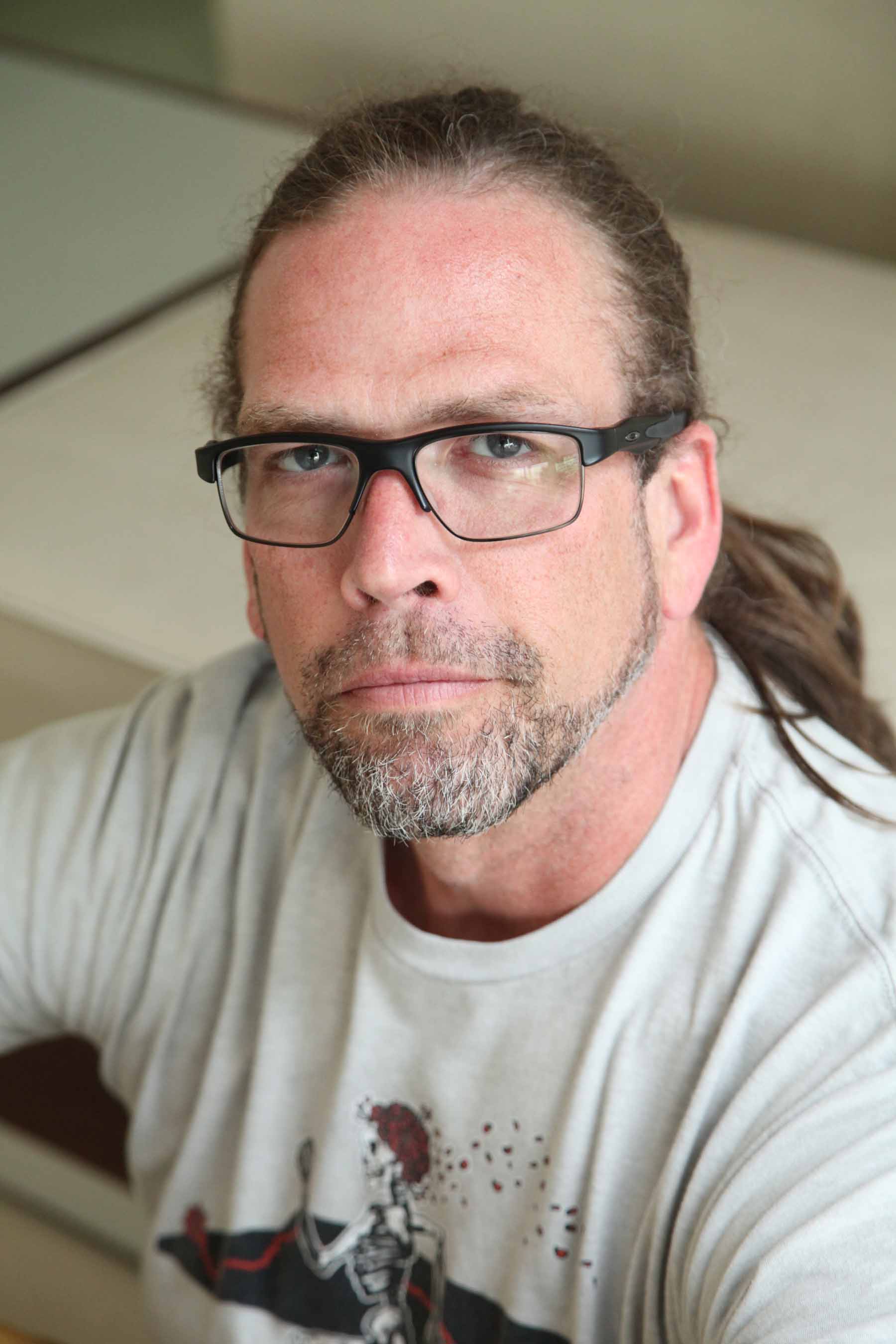How Kenny Came To Care About Cancer
Kenny Capps had always been physically active, so a multiple myeloma diagnosis at the age of 42 was shocking. Because few resources were available for a young man with multiple myeloma, he created the non-profit organization Throwing Bones to provide support and inspiration for others like him.
I discovered endurance sports at 13-years old, when my dad gave me my first road bike. Over the next 30 years, I swam, ran, and biked my way to lot of podium misses. I told myself I didn’t compete to win, it was only about the process. As I got older, the distances got longer and the terrain steered mostly to the trails.
Beginning in 2011, I started training for trail ultramarathons (an ultramarathon is anything longer than 26.2 miles, a standard marathon distance). I discovered something that I could do slowly for a long time in places that I really loved. For hours at a time, I could lose myself in my surroundings. I could separate, analyze, compartmentalize and outright reject pain coming from the rest of my life.
Something’s Different
In October 2014, after feeling completely zapped of energy and experiencing flu like aches and headaches, I went to my family doctor so he could run tests for the flu. The blood test showed I was anemic - strange for somebody with my diet and self-awareness, so the so something was likely going on. After a few more tests and a couple more months, Doctor Thrash called me on Christmas Eve to tell me it was time to bring in the big guns. The hematologists were on alert. There was an impatient middle-aged guy heading their way and he was bringing cancer.
My local Oncologist, Dr. Praveen Vashist, told me and my wife, Murphy that I had Multiple Myeloma, a blood cancer that I never knew existed until he told me I carried its monoclonal proteins. I was young for the disease, but it certainly wasn’t unheard of. The next step was to find out how sick I was. In the meantime, I was encouraged to stay off the internet and to not run home and Google the disease.
So, of course, the first thing I did was went home and Googled the disease.
I Better Do My Homework
I stayed up until 4am the first night, and lost a lot of sleep for the first few days. In January 2015, many of the well-traveled internet sites concerning Multiple Myeloma led me to believe that I had 3-5 years to live at best. Most of the online support groups didn’t offer much more hope. Many of the group members lamented their short lives and increasing pain. Those that didn’t were usually the loved ones of patients that had already passed and they were looking for solace. Some support groups are a really tough place to find peace.
I made trips to both Duke Cancer Institute in Durham and Winship Cancer Institute at Emory University in Atlanta, where it was finally determined that there was a reason for my aches and pains, beyond just lots of miles on my feet.
The imaging tests showed I had compression fractures in my spine, lesions all through my collarbone, clavicles, scapulas, ribs and sternum, and a 5 millimeter hole in my left hip. This just got real. I think at the time that I was most shocked because I thought I was doing all the things to make sure I did not get cancer!
Immediately, I started the standard treatment for multiple myeloma. The go-to cocktail - the “holy trinity” of myeloma medicine was, and often still is, Revlimid, Velcade and Dexamethazone (RVD). The side effects were manageable but frustrating. The Revlimid drained my energy. Velcade caused neuropathy in the bottoms of my feet. Dexamethazone made it nearly impossible to sleep one or two nights out of the week, and even if I was fast asleep, I would have impossibly annoying hiccups starting at 2am every Thursday morning. By the middle of Summer, I had developed a hand tremor. I have no idea which one caused that.
I had a team of people looking after my well being, including two top-notch (world-class) oncologists, nurses, transplant coordinators, therapists, my wife, my family and close friends. It felt like it wasn’t enough and too much at the same time.
How Do I Cope?
On the day that I received my PET scan results, the team shut down my running. The lesion in my hip scared them. If I broke that, my problems would get a lot worse before it got better.
I cried. I often think of myself as a tough guy, but I lost it in that moment. In my mind, my ability to cope with all the crap that life threw at me was tied to my ability to purposefully move forward while sweating and breathing heavy for extended periods of time.
I was restricted from hard road-riding and weight-lifting too. The pool was my only outlet, and I had not swam for exercise since my senior year of high school with the swim team. I started out with a snorkel, fins, ear plugs, hand paddles and every other pool toy I could find. I felt like a dork.
After a few months of the RVD treatment as the incidence of myeloma in my plasma reduced significantly, the team scheduled me to undergo an autologous stem cell transplant in Atlanta. A couple of weeks prior to the actual procedure, my own stem cells were to be harvested, frozen then reintroduced to my bone marrow, after my immune system was destroyed by a brutal dose of melphalan.
I made the mistake of thinking the harvesting part of the procedure would be a breeze. Thinking that I didn’t want to be a burden, I drove myself 4 hours to the procedure with the thought being that I would drive myself to and from an empty apartment every evening. After eight hours of harvesting on day one (of four), I stood up, struggled to walk, and I still had a heart catheter sticking out of my chest. Thanks to my kind, compassionate, loving (and forgiving) father and friends, I made it home minus 12 million or so stem cells.
This isn’t a disease that you can tackle on your own. I learned that the hard way.
That Was Fun - Now Where Are My Pants? I’m Outta Here
The transplant was a success. At my initial diagnosis and staging, myeloma took up over 80% of of my blood plasma. Four months after the procedure, the myeloma was detectable, but barely quantifiable and took up less than 1%.
I received some benefits of the transplant, but I never hit remission. Initially, I was re-staged at Very Good Partial Response (VGPR), which means that the myeloma proteins were detectable, but not present in electrophoresis. Within a month, the disease was listed as stable (SD).
Why I Do This
Six months after the transplant, I resumed running and cycling. In 2016, I ran 16 races, including 3 half marathons, and an 18-mile trail race with 5,500 feet of elevation gain. Looking back at the end of 2016, I decided that I wanted to do more, so I did.
I realized others like me needed resources, too, so I created a charitable nonprofit, Throwing Bones at the beginning of 2017. Throwing Bones’ mission is to encourage all blood cancer patients to stay healthy and active through treatment and beyond.. People with myeloma may fear exercising while in treatment, even when their doctor approves or encourages them. Through Throwing Bones, we hope to encourage and inspire, and to educate and enable blood cancer patients everywhere to find their best quality of life through healthy and active lifestyles.
I have rarely been one to make small gestures, and I felt a need to make a splashy introduction for Throwing Bones to the cancer, advocacy, and nonprofit world. I married my love of endurance sports and my drive to raise awareness for cancer patients into running across the entire state of North Carolina!
I Can Do This. I Can Help You Do This Too.
Beginning April 1, 2018, I ran 1,175 miles in 54 days on the Mountains To Sea Trail. The trail extends from Jockeys Ridge on the Outer Banks to Clingman’s Dome on the border of North Carolina and Tennessee. We raised funds and awareness for cancer research and survivors, and also showed others it’s possible to live life to the fullest, with or without disease. They shouldn’t be afraid to get out and move. Be brave. Go the extra mile. That’s when my mantra, “Keep Moving Forward” took hold.
These days, I write, advocate for blood cancer patients, and coach athletes of all ability levels - both ultra marathoners and those suffering from chronic disease. I am the Executive Director for Throwing Bones and we have projects (for which we have applied for funding) in the works to make sure blood cancer patients have health and fitness resources to suit their needs. I drive my children all over the Southeast to soccer games and schools. I have a large garden that we use for our family. This year we regularly fed 10 families in need.
Be an advocate for yourself. Ask questions. Seek positivity. For gods sake don’t Google it. There is hope for this cancer. Research is making enormous strides. As long as there is hope, there will be a cure.
The first step is the hardest, but one step often starts another and an another. Before you know it, you’ll be moving down the trail and on to greatness.
Keep moving forward.






